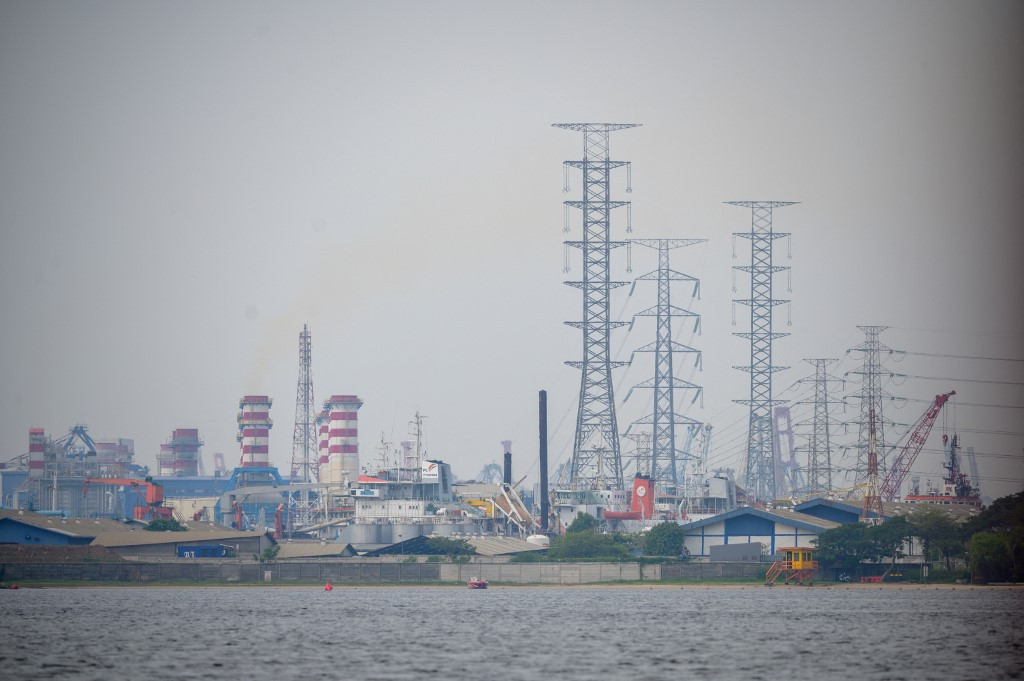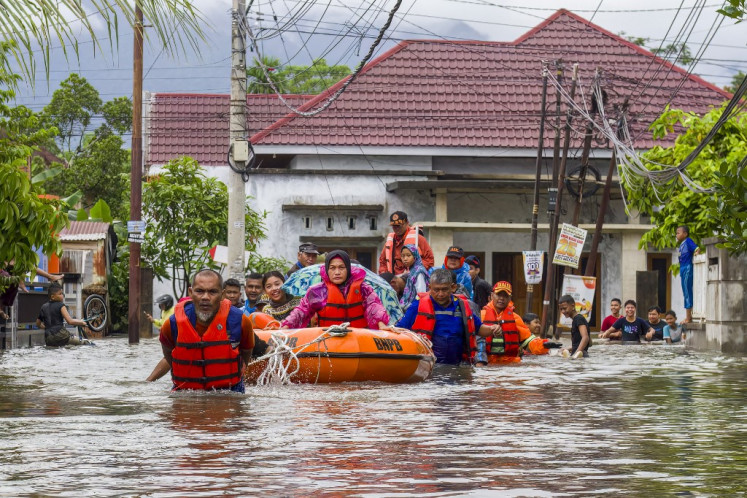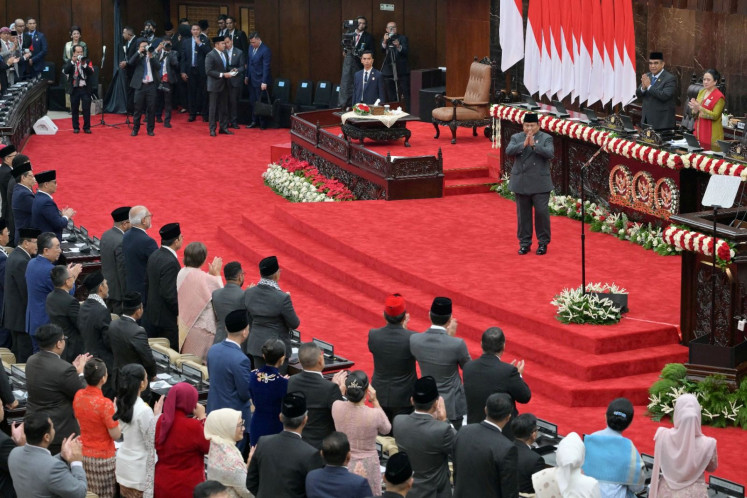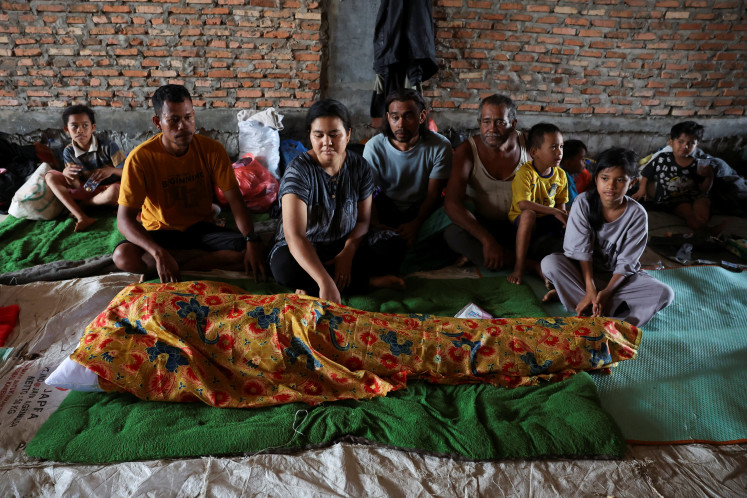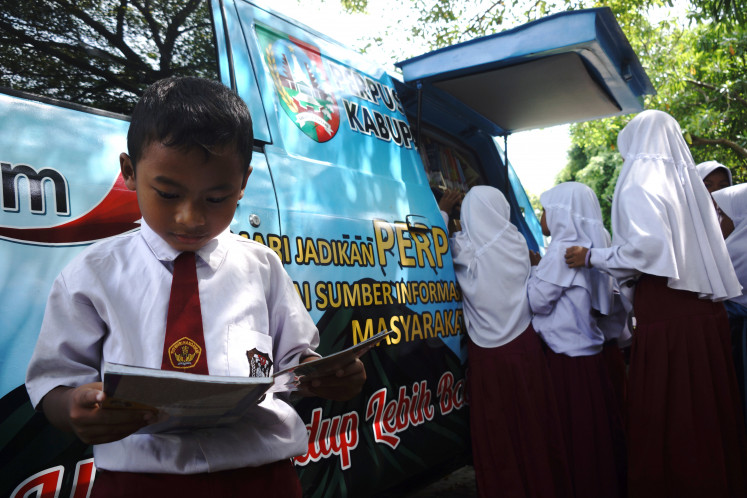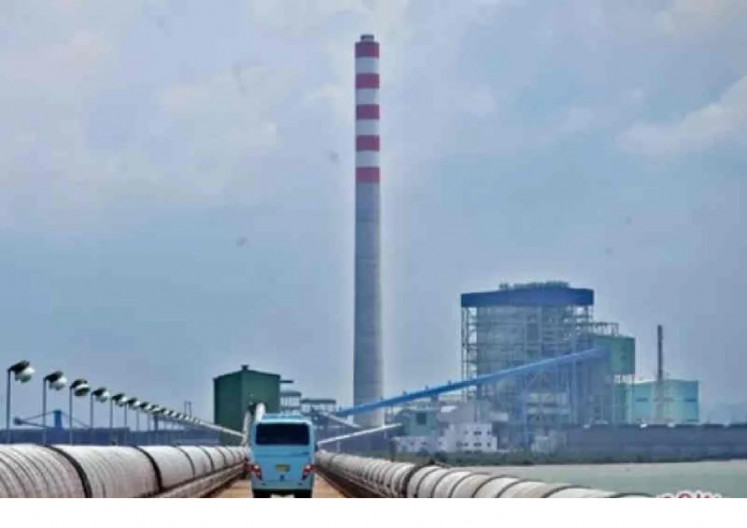Popular Reads
Top Results
Can't find what you're looking for?
View all search resultsPopular Reads
Top Results
Can't find what you're looking for?
View all search resultsAsia’s coal reckoning: Can it shut down the past to power the future?
Asia, which is home to 78 percent of the world's coal power capacity and 80 percent of millions of coal workers, needs to make a pivotal decision to cut its umbilical to the dirty fuel and embrace renewables to ensure a sustainable future for the region.
Change text size
Gift Premium Articles
to Anyone
A
s the world races to cut carbon emissions and mitigate climate change, Asia stands at a crossroads. It must now choose between delaying the transition from coal, which is still the main fuel for Asia’s economies, or rapidly shifting to renewables for a sustainable future.
Asia is home to the world's largest concentration of coal-fired power plants. There are over 2,000 operational coal plants in the region, accounting for 78 percent of the global capacity of coal power plants.
Many of these plants are in China, India, Indonesia and Vietnam. They provide 60 percent of the energy consumed in Asia and are major contributors to greenhouse gas emissions. Asia’s coal fleet emits around 7.2 billion tonnes of carbon dioxide (CO2) annually, or an estimated 20 percent of annual energy-related CO2 emissions globally.
They are major contributors to air pollution, causing millions of people to suffer from respiratory illnesses and premature deaths. They have also displaced communities from ancestral lands and disrupted local livelihoods by polluting the air, water and soil, affecting thousands of farmers and fishers.
Phasing out coal from the energy sector is crucial in the rapid and significant reduction of fossil fuel use to limit global warming to 1.5 degrees Celsius, according to the United Nations’ Intergovernmental Panel on Climate Change (IPCC).
The IPCC has emphasized that member nations of the Organisation for Economic Co-operation and Development (OECD) should end coal use entirely by 2030, and that the rest of the world should shut down all coal-fired power stations by 2040 at the very latest.
Climate campaigners and communities in Asia actively resisting coal power are calling for a rapid coal phaseout in the region by 2035, with immediate shutdown of specific plants and accelerated retirement dates or closure commitments to align with global climate goals.
Shutting down coal plants in Asia and replacing them with renewable energy is both urgently needed and increasingly feasible, but only with concrete targets and robust policy and financial support. The benefits of potentially saving tens of thousands of lives, reducing illness and improving ecosystem health are clear.
Economically, the region’s long overreliance on aging coal infrastructure imposes significant fiscal burdens and risks energy reliability and resilience. Coal markets are highly volatile, driven by fluctuating global demand, supply chain disruptions and geopolitical tensions. We saw this during the energy crisis three years ago when coal prices more than tripled in many markets, exerting significant strain on coal-importing countries such as India, Pakistan and Bangladesh.
Multiple reports highlight that renewables such as solar, wind and storage have become the cheapest and most widely adopted sources for new power generation. Over 90 percent of new renewable power projects built in 2024 were more cost-effective than any newly installed coal or gas plants.
With Asia’s immense potential in solar and wind, replacing coal with renewable energy and storage often requires two to three times more installed capacity, but this reflects the scalability and abundance of clean energy. As solar and wind generation costs continue to fall and storage technology advances, the transition will deliver not only reliable and resilient energy but also one of the most affordable pathways for powering the region’s future.
Interestingly, the record-breaking rise of renewables has exposed the myth that gas is a necessary “transition fuel” from coal. Gas is no longer needed because renewables, especially solar and wind, paired with advanced battery storage, can affordably and reliably meet energy demand without the harmful emissions or price volatility of gas.
Renewables now outperform gas in cost, environmental impact and long-term energy security. Renewables are also more scalable now than gas in many regions, making them a more future-proof solution than gas.
A rapid, equitable and just energy transition in Asia is possible. But there must be adequate financing. Many countries in the Global South lack the financial capacity to adopt renewable technologies, build resilient infrastructure and ensure that the transition from coal supports affected workers and communities. Over 80 percent of the world’s 8.4 million coal workers are in Asia, making the region central to the global just coal transition.
A huge portion of the financing for the energy transition in the Global South should come from Global North countries as part of their climate finance obligations. And climate finance should be public and non-debt-creating.
While various kinds of finance are needed, public finance must lead the transition to ensure that it is done swiftly and in a just and equitable way. The world’s wealthiest countries bear the greatest historical responsibility for climate change and have the financial means to enable the shift.
***
The writer is coordinator of the Asian Peoples’ Movement on Debt and Development (APMDD).

